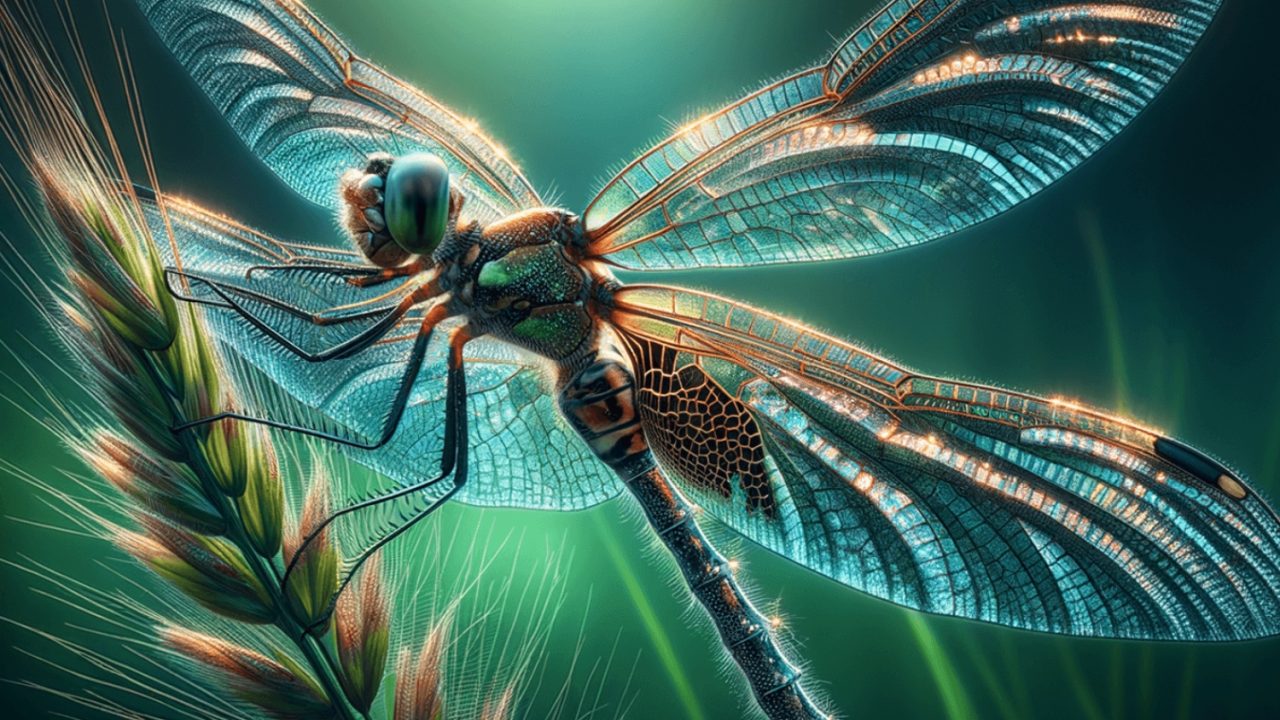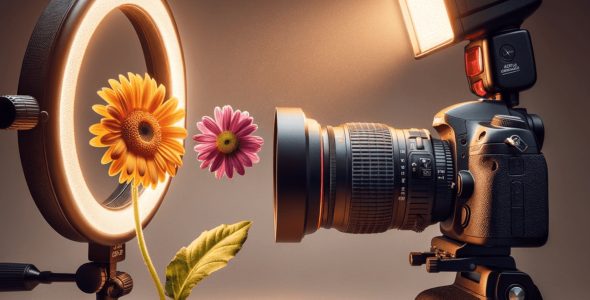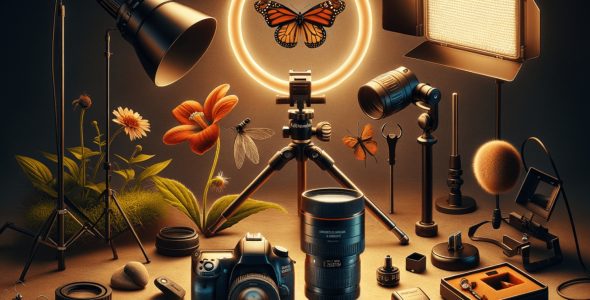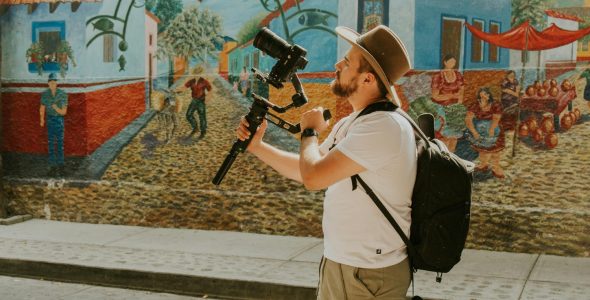Introduction
Insects are fascinating subjects for macro photography, offering intricate details and unique patterns that are often unseen by the naked eye. Whether it’s the wings of a butterfly, the fine hairs on a bee, or the delicate legs of a dragonfly, insects offer endless opportunities for stunning close-up shots. However, capturing these tiny creatures can be tricky, especially when they’re easily startled and fly or crawl away. To help you get close without scaring them off, here are some essential macro photography tips for shooting insects.
- Approach Slowly and Gently
Insects, especially those not accustomed to human presence, can be susceptible to movement. To avoid scaring them away, approach them slowly and gently. Sudden movements may cause the insect to fly or scurry off. Move gradually, and if possible, pause before getting any closer. Try to keep your movements smooth and controlled to avoid alarming the insect. - Use a Longer Focal Length Lens
When photographing insects, a macro lens is essential for capturing fine details, but getting too close can often startle the subject. Using a longer focal length macro lens, such as a 100mm or 150mm, allows you to maintain a comfortable distance from the insect while still capturing sharp, detailed shots. This gives the insect some personal space and reduces the chances of it flying away. A longer lens also allows for greater magnification and the ability to photograph without intruding too much into the insect’s territory. - Be Patient and Wait for the Right Moment
Insects are often unpredictable, moving from one place to another or staying still for brief moments. Patience is key in capturing their best shot. Wait quietly for the insect to settle into a position where it feels safe. This might mean waiting for the insect to land on a flower, leaf, or branch before taking your shot. The more patient you are, the better the chances of getting the perfect shot. - Shoot During the Right Time of Day
Many insects are more active at certain times of the day. Early mornings or late afternoons are often ideal times to capture insects because they are less likely to fly away quickly. In the early morning, insects like bees or butterflies are often sluggish due to the cooler temperatures, making them easier to approach. Additionally, shooting at these times provides softer, golden light, which enhances the texture and color of your photos. - Use a Tripod or Stabilization Gear
When photographing insects, even slight movements can result in blurry images. To ensure sharpness, use a tripod or stabilization gear. A tripod provides a stable base, enabling you to keep your camera steady while composing the shot. Alternatively, if you prefer shooting handheld, consider using a monopod or a gimbal to reduce shake and improve focus accuracy, especially when dealing with delicate insects. - Focus on the Eyes and Details
One of the most captivating features of insects is their eyes and textures. When capturing an insect, focus on the sharpness of the eyes, which are often extensive and highly detailed. Other interesting details include the wings, legs, or antennae. To capture these fine details, ensure your aperture is set to a level that provides sufficient depth of field (around f/8 to f/11), allowing key features to remain in focus without compromising clarity. - Minimize Disturbance with Natural Backgrounds
A good macro shot should capture the insect in its natural environment. Try to shoot with natural backgrounds that complement the subject without overwhelming it. Leaves, flowers, and branches make excellent backdrops, providing context for the insect while maintaining a visually appealing composition. Make sure the background doesn’t distract from the insect by using a shallow depth of field, which will help blur the surroundings and keep the focus on the subject.
Conclusion
Macro photography of insects requires patience, skill, and a thoughtful approach. By using a longer lens, moving slowly, and shooting at the right time of day, you can capture the stunning beauty of insects without disturbing them. By focusing on details like the eyes, texture, and natural surroundings, you can create impactful images that showcase the intricate world of insects in all their glory.
#MacroPhotography #InsectPhotography #NaturePhotography #CloseUpPhotography #WildlifePhotography #PhotographyTips #InsectDetails #MacroLenses #PatienceInPhotography #NatureInFocus

 My Account
My Account 


